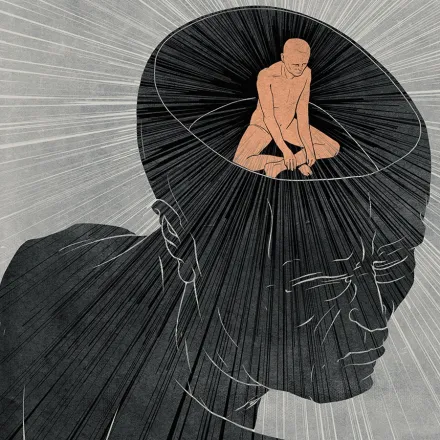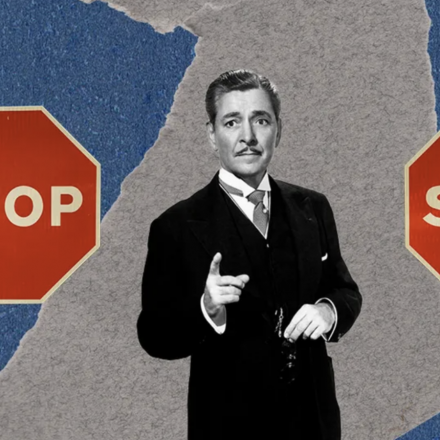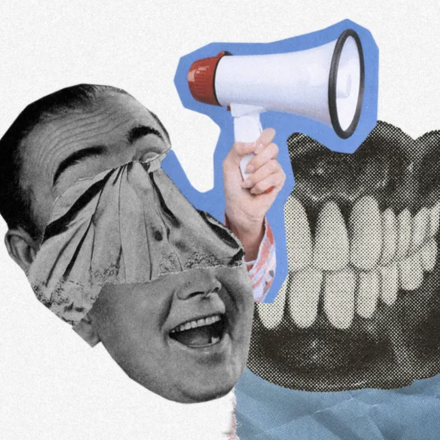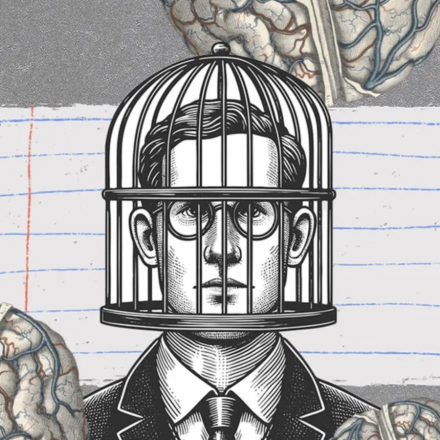There are questions that can destroy any sense of confidence: “What if…?”—a simple phrase, yet so exhausting. You’re about to take a step, make a decision, or just relax—and then it hits again: “What if I’m wrong? What if everything goes wrong?” At that moment, many men freeze, hesitate, and lose control of the situation.
But anxiety is not a sentence. It’s simply a signal that your attention is trapped by an obsessive thought. Here’s how you can regain control and stop living in a constant “what if…?”
Notice and Acknowledge
The first step is simply to notice these thoughts. Don’t try to suppress them immediately. Be aware: here it is again, that obsessive “What if…?” Acknowledge that it affects your mood and actions. Taking a pause is already progress. Don’t judge yourself—try to shift your focus, and the thoughts may fade on their own.
Answer a Question with a Question
“What if…?” is a trap. You probably know that the worst-case scenario rarely happens. Ask yourself: “Why now? What are the real reasons?” In most cases, anxiety has no real basis and doesn’t deserve attention. Talking to yourself in a “what if…?” style can quickly put things into perspective.
Prepare for the Worst
Paradoxically, preparing for possible problems reduces anxiety. Plan for the worst-case scenario—not a zombie apocalypse, but a real situation you can handle. When you know what to do in a difficult situation, the “What if…?” questions lose their power.
Shift Your Focus
When your thoughts revolve around a single question, you need to physically switch focus. Engage in your favorite hobby, exercise, or any enjoyable activity. Physical activity boosts confidence and signals your brain: it’s time to act, not to fantasize. Even a simple walk or fixing your car can help “unload” your mind.
Change Your Thinking Pattern
Often, “What if…?” arises from distorted thinking patterns:
- Catastrophizing: the brain immediately assumes the worst outcome is inevitable.
- Mind reading: you believe others are judging you negatively, even when that’s not the case.
Recognizing these traps allows you to stop the flow of negative scenarios and see the situation realistically.
Change Your Environment
When thoughts get stuck, remove yourself from your usual environment. New smells, sounds, and sights help your brain generate fresh ideas. Sometimes a few hours without your phone or social media is enough to find a solution that was previously hidden behind anxious “what ifs.”
Seek Support
If anxiety becomes chronic and turns into obsessive fears, it may be a sign of an anxiety disorder. Don’t hesitate to consult a professional or talk to close friends or family. Conversation and support are powerful weapons against the paralyzing “What if…?”


















